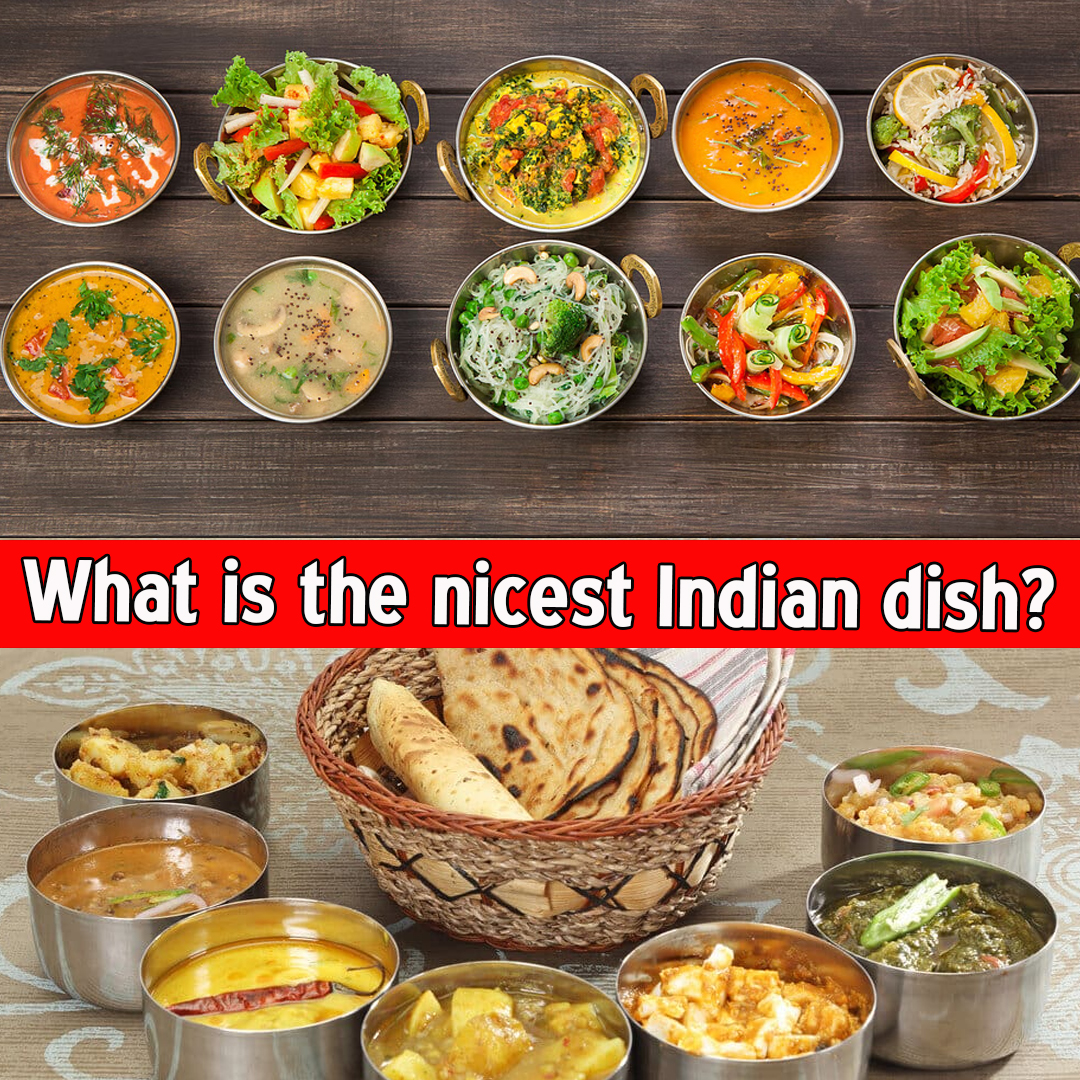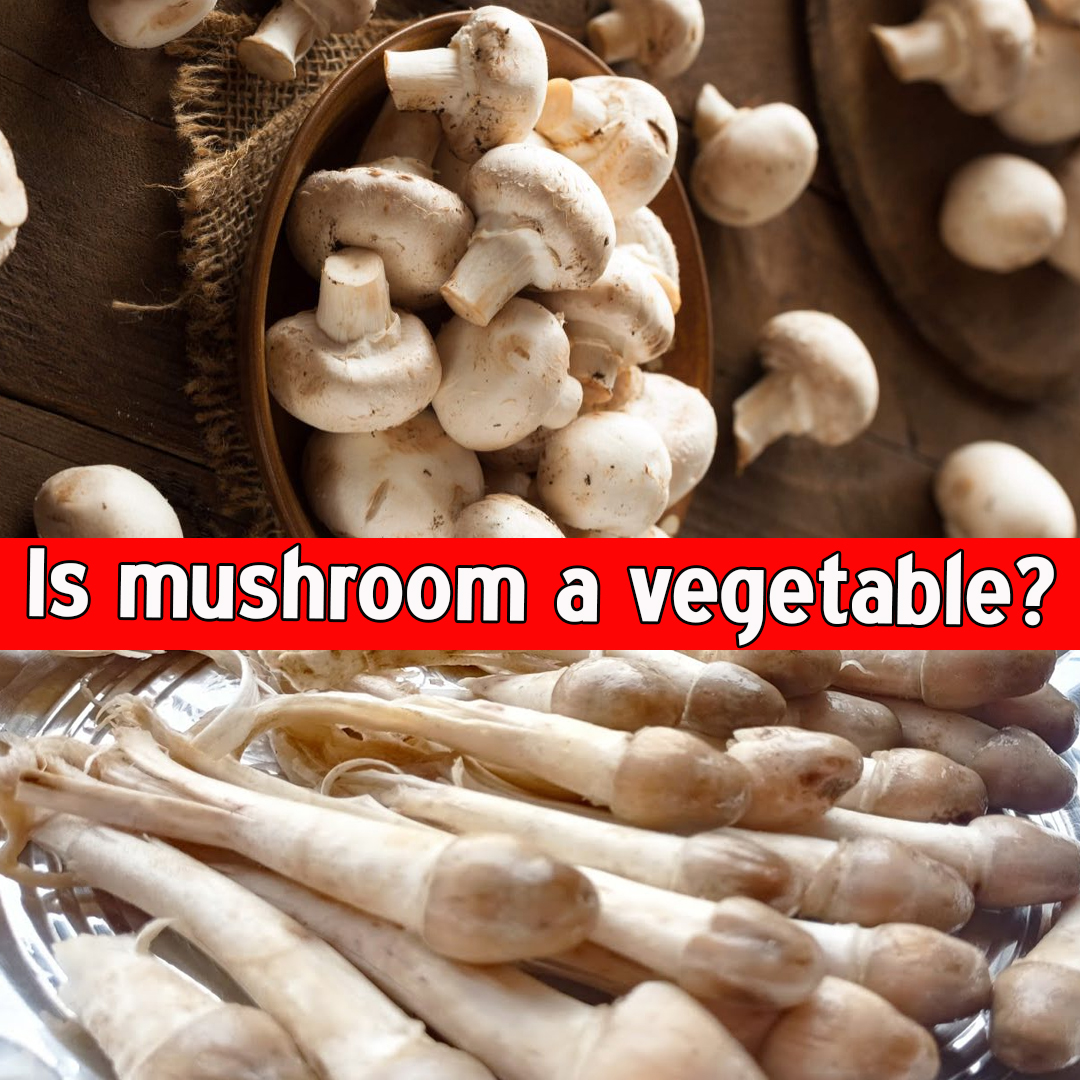What is the Nicest Indian Dish?

What is the nicest Indian dish?
Introduction: A Land of Flavors
India’s cuisine is an extraordinary tapestry woven from centuries of culture, trade, spices, and tradition. From the creamy curries of the North to the fiery flavors of the South, Indian food is beloved worldwide. With such variety, one may wonder: What is the nicest Indian dish of all? What is the nicest Indian dish?
While opinions vary by region and palate, Biryani stands tall as a contender for the crown. It is more than just food—it is an experience. Revered across generations, cities, and cultures, biryani is a celebration in every bite.
This 2000-word essay takes a deep dive into why biryani is often considered the nicest Indian dish, tracing its origins, styles, ingredients, cultural impact, and why it continues to capture hearts and tastebuds across the globe.
| Read more – What Are the 7 Categories of Food? |
1. What Is Biryani?
Biryani is a flavorful mixed rice dish made by layering aromatic basmati rice with marinated meat (or vegetables), herbs, and spices, then cooking it through a method called “dum”—a slow-sealing process in which steam helps all ingredients marry into a single, heavenly unit.
Biryani isn’t just about rice and meat—it’s about the layers of flavor, texture, and aroma that make it distinct from other rice-based dishes. It’s rich, colorful, and cooked with love.
2. Origins: A Royal Beginning
The roots of biryani go back to ancient Persia. The word “biryani” comes from the Persian words “birian” (fried before cooking) and “birinj” (rice). It was introduced to India by Persian travelers and Mughal rulers around the 16th century.
However, it was in India that biryani truly evolved, taking on local flavors, ingredients, and methods. The Mughal emperors patronized biryani, making it a dish of royalty. With time, it spread across the Indian subcontinent, developing distinct regional avatars.
3. The Many Regional Variations
What makes biryani special is that every region in India has its own unique take on it—each one fiercely loved by its locals.
a. Hyderabadi Biryani
- Possibly the most iconic variety
- Uses raw marinated meat layered with rice
- Rich in spices, especially saffron and mint
- Cooked in sealed pots (dum pukht method)
- Known for: Deep flavors, long-grain rice, and tender meat
b. Lucknowi (Awadhi) Biryani
- Cooked using the ‘pakki’ biryani method (meat and rice are cooked separately, then layered)
- Delicate and aromatic with mild flavors
- Uses rose water and kewra for fragrance
c. Kolkata Biryani
- A lighter, sweeter version
- Influenced by the Lucknowi style
- Unique because it includes boiled eggs and potatoes
d. Malabar Biryani (Kerala)
- Made with short-grain rice (jeerakasala or kaima)
- Contains curry leaves, ghee, coconut, and fried onions
- Known for its subtle sweetness and rich aroma
e. Ambur Biryani (Tamil Nadu)
- Tamil-Muslim origin
- Less spicy, with a balance of red chilies and yogurt
- Often accompanied with brinjal curry and onion raita
f. Dindigul Biryani
- Uses small-grained seeraga samba rice
- Tangy and spicy due to the use of lemon juice and curd
- Very popular in Tamil Nadu
g. Sindhi Biryani
- A fusion of Pakistani and Indian flavors
- Highly spiced with cardamom, cloves, cinnamon
- Includes tomatoes and green chilies
4. Why Is Biryani the Nicest Indian Dish?
i. Aromatic Symphony of Spices
Biryani isn’t just cooked—it’s composed. A traditional biryani includes:
- Whole spices: cardamom, cinnamon, bay leaf, star anise, clove
- Ground spices: turmeric, chili powder, garam masala
- Fresh herbs: mint, coriander
- Aromatics: ginger, garlic, saffron, rose water
Each spice plays a unique role in flavor and fragrance.
ii. Layered Texture and Taste
The magic of biryani lies in its layering technique—grains of rice, juicy marinated meat, caramelized onions, and fresh herbs come together but retain their identity. It’s not mushy or blended—it’s textured, distinct, yet united.
iii. Meat and Vegetarian Inclusivity
Though traditionally a meat dish, biryani has excellent vegetarian versions:
- Vegetable biryani: Carrots, beans, potatoes, peas
- Paneer biryani: Indian cottage cheese marinated and layered
- Mushroom biryani: Earthy, umami flavors
Biryani is loved by both vegetarians and meat lovers alike.
iv. Universal Appeal
From roadside stalls to royal banquets, biryani transcends class, caste, and region. It is as comfortable in a wedding buffet as it is in a tiffin box. It’s beloved by kids, adults, vegetarians, non-vegetarians, and even the global diaspora.
5. Biryani vs. Other Famous Indian Dishes
Let’s compare biryani with some of India’s other celebrated dishes:
| Dish | Characteristics | Why Biryani Wins |
|---|---|---|
| Butter Chicken | Creamy, rich North Indian curry with naan or rice | Tastes amazing but lacks texture contrast |
| Paneer Tikka | Chargrilled cottage cheese, great appetizer | No rice, lacks complexity |
| Masala Dosa | South Indian favorite, crisp crepe with filling | Mostly breakfast, not as filling |
| Chole Bhature | Heavy chickpeas with fried bread | Rich but greasy; regional |
| Rogan Josh | Kashmiri lamb curry | Requires pairing; less standalone |
| Biryani | Complete meal with rice, protein, and aroma | Balanced, rich, festive, and filling |
Biryani wins due to its versatility, completeness, and flavor depth.
6. Biryani Around the World
Indian biryani has traveled far and wide:
- Middle East: Variants like Mandi and Kabsah have similarities
- UK and USA: Indian restaurants serve Hyderabadi or Chicken Biryani as top sellers
- Malaysia and Singapore: “Nasi Biryani” is a staple among Tamil-Muslim communities
- Pakistan: Karachi biryani is spicy and layered with intense flavors
This global popularity makes biryani an ambassador of Indian cuisine.
7. Cultural Significance of Biryani
- Festivals and Weddings: No Indian wedding is complete without a biryani feast
- Friday Prayers and Eid: Served as a celebration meal in many Muslim homes
- Special Days: A go-to dish for birthdays, promotions, or even comfort eating
Biryani brings people together—it symbolizes generosity, abundance, and celebration.
8. Biryani in Modern India: Delivery and Brands
Today, biryani is booming:
- Popular delivery brands: Biryani By Kilo, Behrouz Biryani, Paradise Biryani
- Ready-to-eat options: Packaged biryanis for quick prep
- YouTube & Instagram: Thousands of biryani cooking channels and influencers
Food aggregators report biryani as the most-ordered dish on Swiggy and Zomato, year after year.
9. Making the Perfect Biryani at Home: Key Steps
- Marinate the Meat or Vegetables
- Use yogurt, ginger-garlic paste, red chili, turmeric, garam masala
- Cook the Rice Separately
- Parboil with whole spices and salt
- Prepare the Biryani Base
- Fry onions, add marinated protein, cook halfway
- Layering
- Alternate rice and meat layers
- Top with fried onions, mint, coriander, saffron-milk
- Dum Cooking
- Seal pot and cook on low flame for 30–40 minutes
- Serve Hot
- Accompanied by raita (yogurt dip), salan (gravy), or boiled eggs
Conclusion: Why Biryani Reigns Supreme
Biryani is not just food—it’s a culinary legend, an emotion, a unifier. Whether it’s served on a street corner in Hyderabad, a royal Awadhi banquet, or at a Diwali party in New York, biryani delights and satisfies every time.
Its complex flavors, historical richness, regional diversity, and global fanbase make it arguably the nicest Indian dish ever created.
So, the next time someone asks, “What’s the best Indian dish?”—you know the answer.
It’s Biryani. Always Biryani.















Leave a Reply